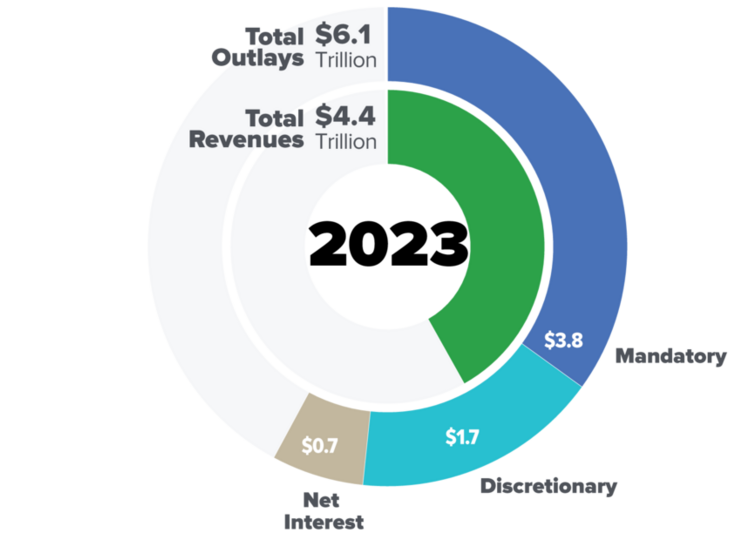Can Apple’s AirPods Pro 2 redefine the hearing aid experience amidst high return rates?
- Over-the-counter (OTC) hearing aids have high return rates, often due to poor audio quality and inadequate customer service.
- Only 2% of adults with hearing difficulties have purchased an OTC hearing aid.
- Apple’s upcoming software update for AirPods Pro 2 may change the hearing aid landscape.
- OTC hearing aids are priced between $200 and $2,950, but many consumers find them too expensive.
- Eargo, a major OTC hearing aid manufacturer, has seen a return rate of around 25% despite improvements in customer support.
The introduction of over-the-counter (OTC) hearing aids was expected to make hearing solutions more affordable and accessible for individuals with mild to moderate hearing loss. However, the reality has been disappointing, with many users returning these devices due to issues like poor audio quality and insufficient customer support. Retailers and audiologists report that the return rates for OTC hearing aids can be as high as 40%, leading some stores, like Abt Electronics, to stop carrying them altogether. nnDespite the FDA’s ruling nearly two years ago allowing OTC sales without clinical assessments, the uptake has been minimal. A survey revealed that only 2% of adults with hearing difficulties have purchased an OTC hearing aid, largely due to their higher-than-expected prices and the stigma associated with wearing them. While traditional hearing aids can cost upwards of $3,500, many OTC models are priced between $1,500 and $2,000. nnAs the market struggles, Apple is set to release a software update that will enable its AirPods Pro 2 to function as hearing aids. This could potentially disrupt the OTC hearing aid market, although experts caution that the AirPods may not fully replace traditional devices due to limitations like battery life and their conspicuous design. nnEargo, a prominent manufacturer of OTC hearing aids, has managed to reduce its return rate from a third to around 25% by enhancing customer support. However, the overall return rates for OTC devices remain significantly higher than those for prescription hearing aids, which typically see return rates of 6% to 10%. nnExperts believe that Apple’s new feature could help raise awareness about mild hearing loss, potentially leading to increased adoption of higher-end OTC devices in the future. As consumers begin to understand the benefits of hearing amplification, the market dynamics may shift, encouraging more people to explore their options.·
Factuality Level: 7
Factuality Justification: The article provides a detailed overview of the current state of over-the-counter (OTC) hearing aids, including statistics on return rates and consumer experiences. While it presents factual information and expert opinions, there are instances of bias in the presentation of the challenges faced by OTC hearing aids, and some claims lack robust sourcing. Overall, it is informative but could benefit from a more balanced perspective.·
Noise Level: 7
Noise Justification: The article provides a detailed analysis of the challenges faced by over-the-counter hearing aids, including high return rates and customer dissatisfaction. It includes expert opinions, statistics, and comparisons with prescription devices, which supports its claims with evidence. However, it could benefit from a deeper exploration of systemic issues and potential solutions.·
Public Companies: Apple (AAPL)
Private Companies: Abt Electronics,Eargo,Mass Eye and Ear
Key People: Michael Abt (Co-president of Abt Electronics), Vinaya Manchaiah (Director of audiology at the University of Colorado Hospital), Bill Brownie (Interim Chief Executive of Eargo), Meaghan Reed (Director of clinical audiology at Mass Eye and Ear), Lindsay Creed (Associate director of audiology practices at the American Speech–Language–Hearing Association)
Financial Relevance: Yes
Financial Markets Impacted: No
Financial Rating Justification: The article discusses the financial aspect of over-the-counter (OTC) hearing aids and their higher return rates compared to prescription hearing aids. It also mentions the potential impact of Apple’s AirPods Pro 2 software update on the OTC hearing aid market. The financial topics include the cost of OTC hearing aids, which range from $200 to $2,000, and the possible competition with Apple’s product. However, there is no direct impact on financial markets or companies mentioned in the article.
Presence Of Extreme Event: No
Nature Of Extreme Event: No
Impact Rating Of The Extreme Event: No
Extreme Rating Justification: The article discusses issues related to over-the-counter hearing aids, including high return rates and customer dissatisfaction, but does not report on any extreme event that occurred in the last 48 hours.·
Move Size: The market move size mentioned in this article is a return rate of 15% to 30% for over-the-counter (OTC) hearing aids compared to 6% to 10% for prescription hearing aids.
Sector: Technology
Direction: Down
Magnitude: Large
Affected Instruments: Stocks
 www.wsj.com
www.wsj.com 





